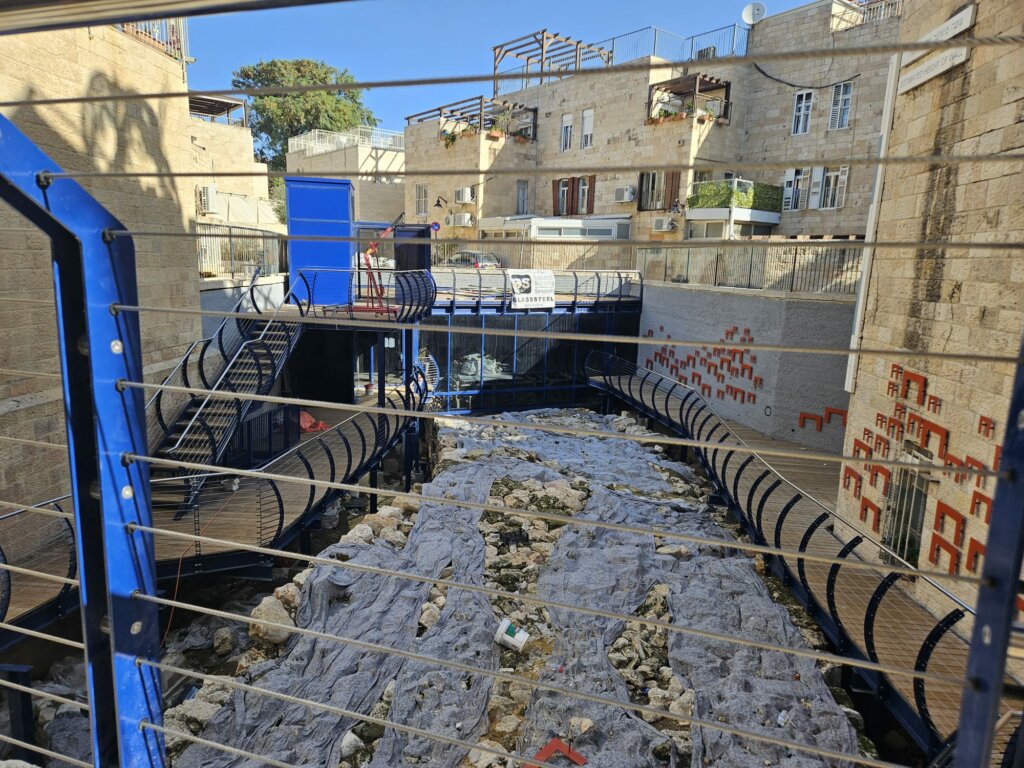Archaeologists excavating at Philippi discovered a rare head of Apollo dating to about AD 200.
One of the oldest known codices in existence will be auctioned off in June. The Crosby-Schoyen Codex includes what may be the earliest known texts of 1 Peter and Jonah.
Elizabeth Knott explains how the Yale Babylonian Collection Seal Digitization Project used the latest photographic methods to document more than 14,000 seals and seal impressions. The Yale website has more details.
“Since 2002, more than a hundred ‘new’ Dead Sea Scroll fragments have appeared on the antiquities market. Most of these fragments are tiny and deteriorated and have later been revealed as modern forgeries. Nonetheless, they have been big business. In this database, we have catalogued all of them, providing information about their content, owners, alleged provenance, their place in the biblical corpus, size, and publication history.”
Morteza Arabzadeh Sarbanani explores the question of how Cyrus the Great really died. The article includes several beautiful photographs.
“How to Get a Good Night’s Sleep in Antiquity” is the latest episode on This Week in the Ancient Near East.
Next Stop Italy is hosting a virtual walking tour of the hidden treasures of Roman Assisi.
Phillip J. Long reviews the Lexham Geographical Commentary on the Pentateuch, edited by Barry Beitzel. The review includes a list of the 47 chapter titles and authors. He concludes that “these essays go beyond simple identifications of major locations, often dealing with the fine details of the text and larger biblical-theological questions. This volume will be a welcome addition to the library of any Old Testament student, whether professional or layperson.”
HT: Agade, Arne Halbakken, Gordon Franz
